Day 5:
Today I rose early (4:30 AM) with three other and went to the Tokyo Fish Market, also known as the Tsukiji market in
Check out the market at:
http://www.nationalgeographic.com/photography/galleries/tokyo/
http://www.tsukiji-market.or.jp/tukiji_e.htm
http://youtube.com/watch?v=3iAU9vIaAV4
Upon return from the fish market I had a traditional Japanese breakfast. It consisted of rice, cooked salmon, vegetables with lotus root, and miso soup (made from soy bean paste, seaweed, and tofu).
After breakfast I attended a seminar entitled “Peace Education.” There were three presenters who spoke and then took questions. Tomoke Yanage, a second generation atomic bomb survivor whose dad was one mile from ground zero, spoke first. Half of the people at one mile from ground zero died instantly. Many of the other half had health problems for the remainder of their lives and were shunned because they were “contaminated.” Koji Ikeda, a 90-year-old man that survived the
Today there are many opinions about whether or not the atomic bombs should have been dropped. After listening to these people speak and talking to other Japanese, I have come to an understanding that this debate is no longer important. Preventing it from happening again is.
Dinner was tempura, which is battered and deep-fried vegetables and meat.
After dinner a group of us hopped on a train and headed out to a Japanese Major League baseball game. We were going to see the Hanshin Tigers vs. the Seibu Lions at the Lions’ home field. Japanese baseball is the same as our baseball as far as the game goes, but very different as far as the crowd goes. We could hear the “thump, thump, thump” of the drums inside the stadium when we got off the train. At the entrance, Tigers fans went to the right, and Lions fans to the left. The stadium was equally divided between the two. The fans were very polite to each other. When one team was at bat, its fans would cheer and the opposing team’s fans would be quiet. There were individual cheers for each team and even each player. The outfield section was full of the most devoted fans. In this section the drum players would lead the entire stadium in cheering their team on. The possibility of hearing the crack of the bat was non-existent. It was constant noise. The Lions pulled out a close one, hitting in the winning run in the bottom of the ninth.
Day 6: Free Day!
Today was the one day we could do whatever we wanted. I chose to go down to




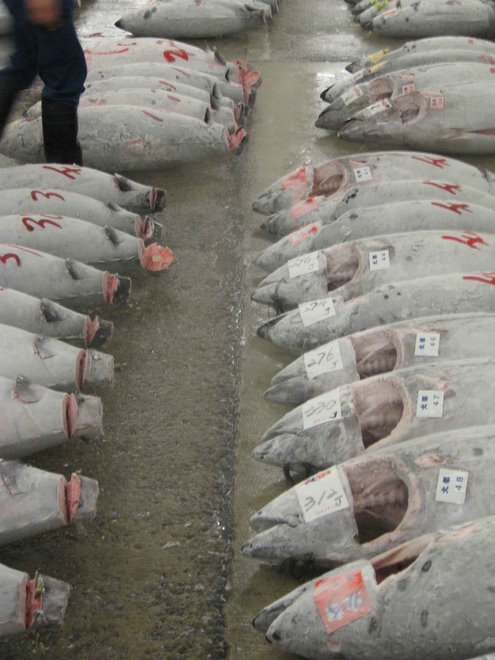
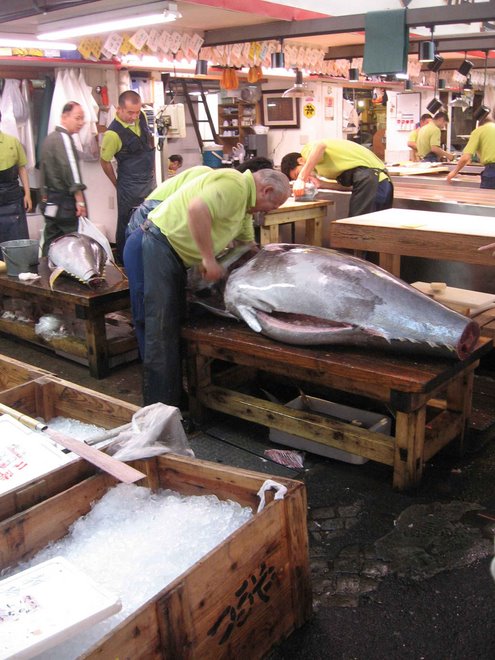
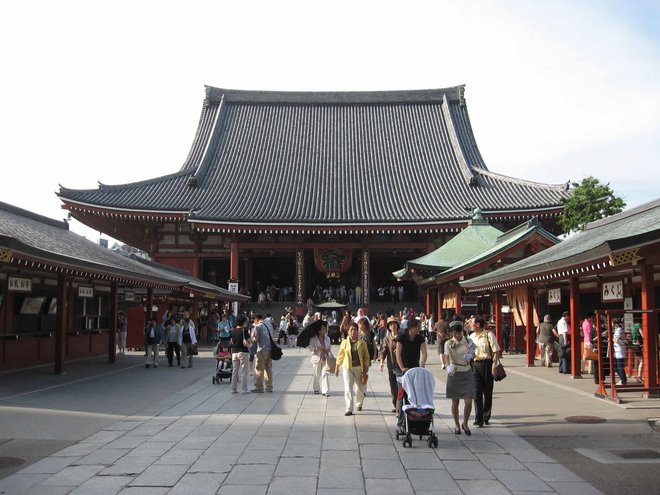


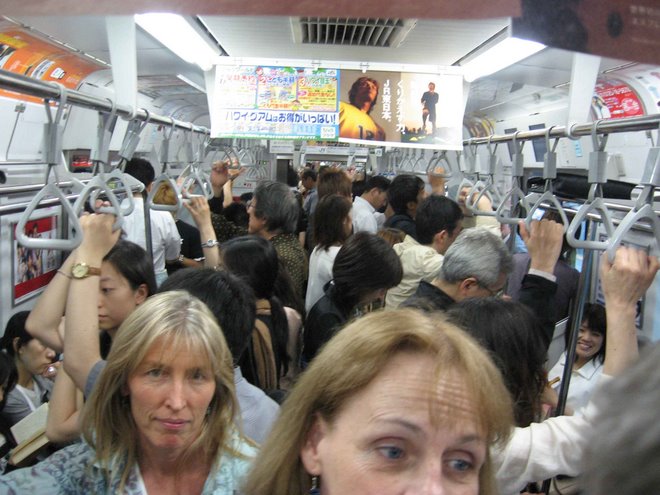

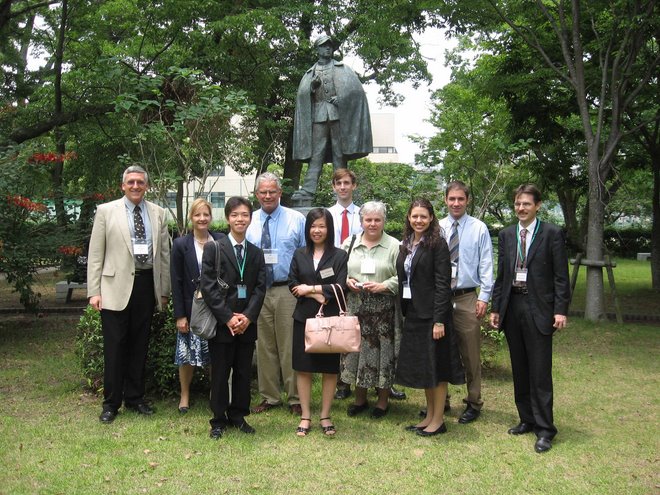
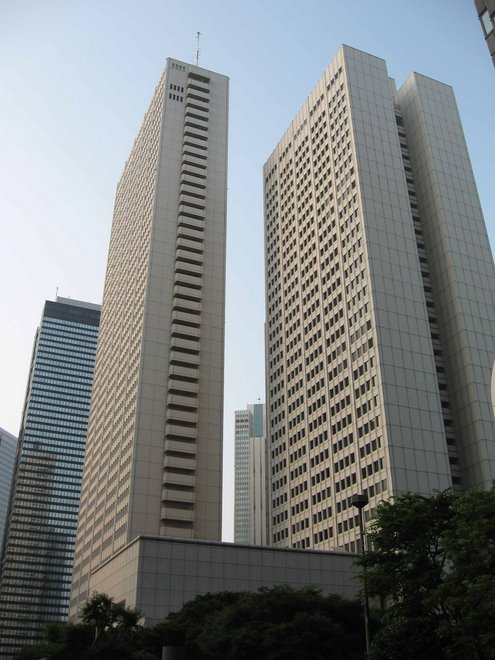

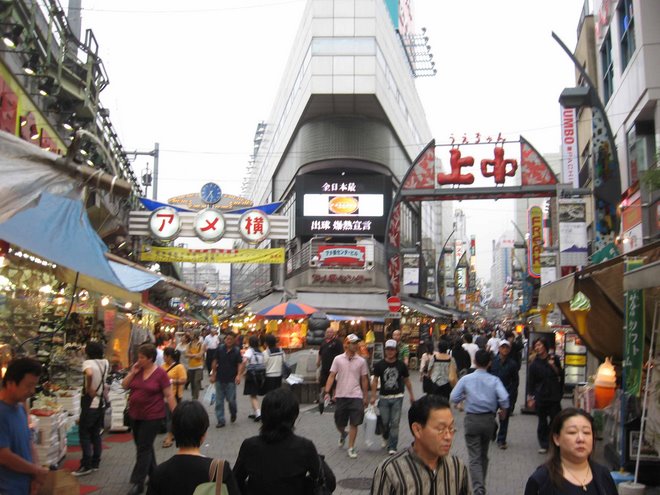
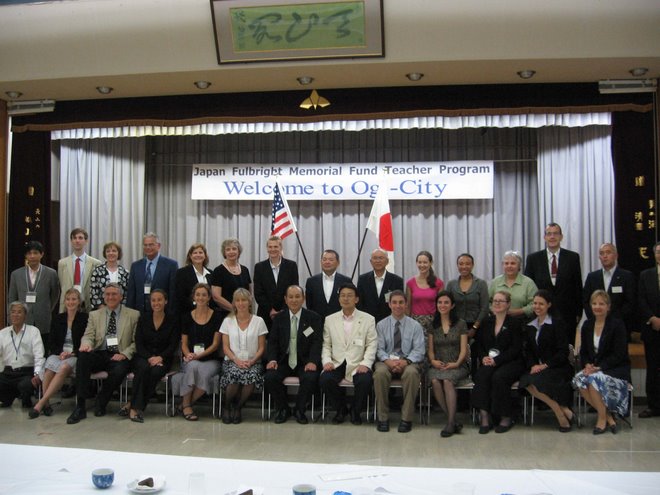

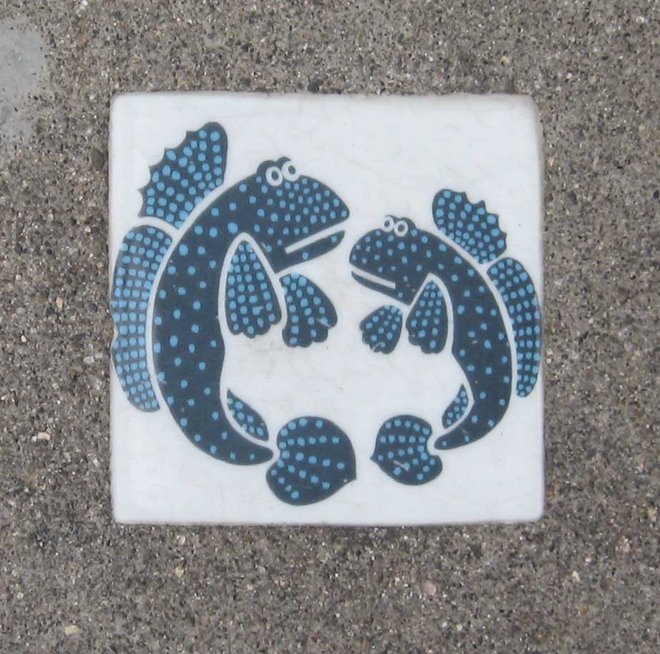
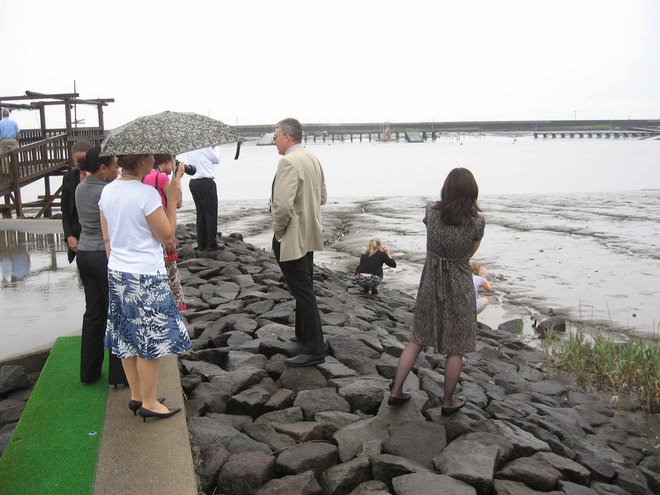
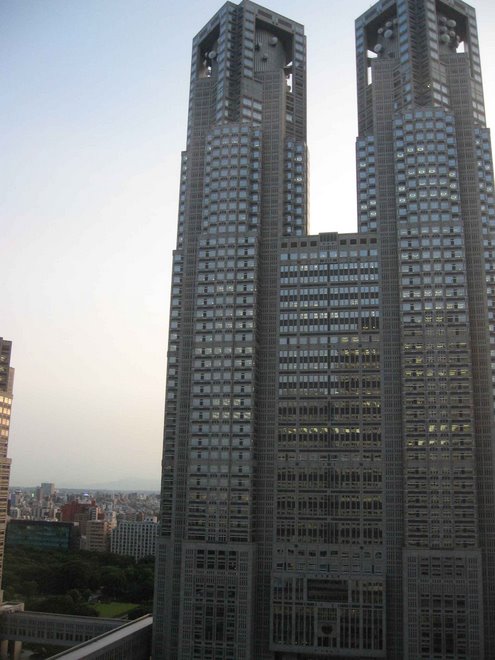
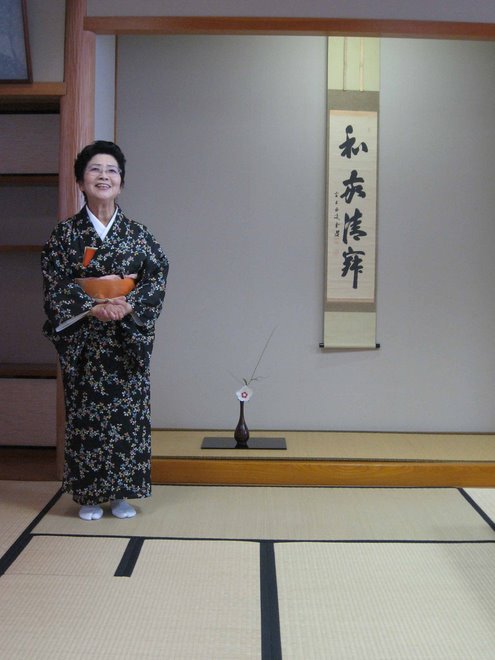

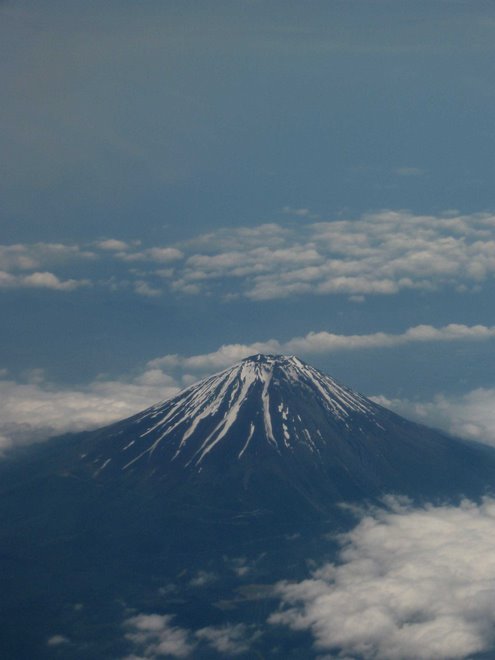
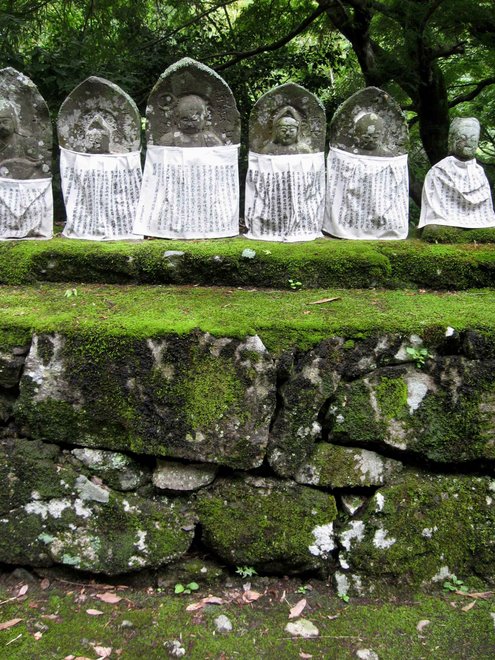
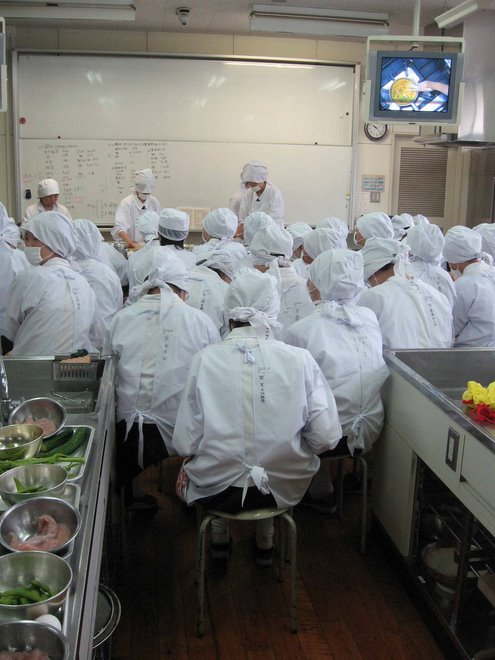
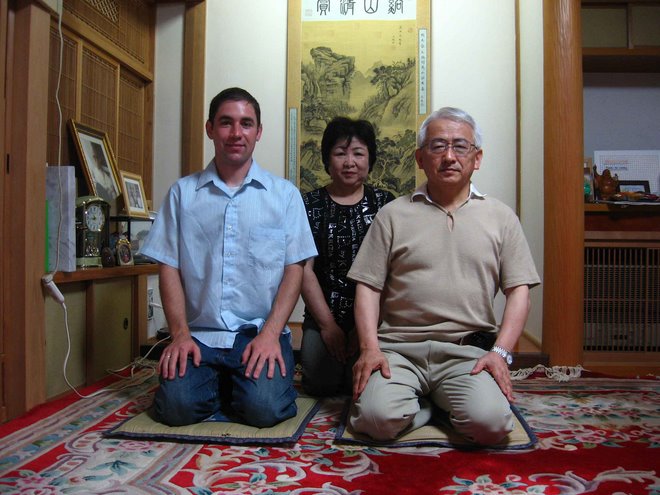


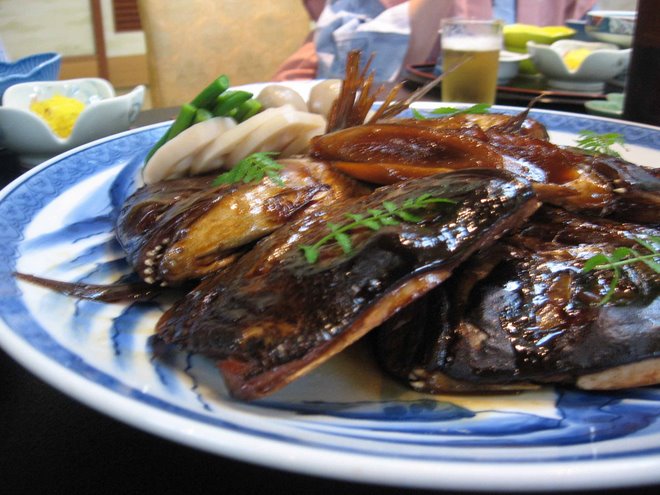
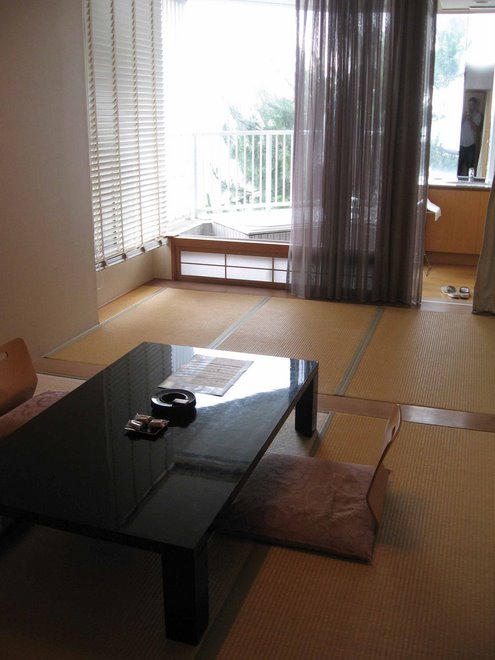


No comments:
Post a Comment